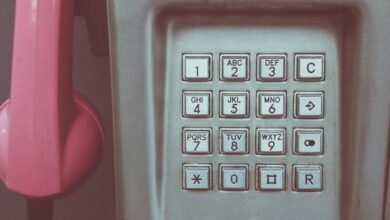Find Out Everything About Any Phone Number: 6158004419, 6158808945, 6159046798, 6159289300, 6159422899, and 6159842081

The analysis of phone numbers such as 6158004419, 6158808945, 6159046798, 6159289300, 6159422899, and 6159842081 reveals crucial insights into their origins and potential risks. Utilizing caller identification tools, one can assess the credibility and intentions behind these numbers. Patterns of fraudulent activities and telemarketing can emerge through user reports and advanced detection technologies. Understanding these elements is critical for informed decision-making regarding incoming calls. What other factors might influence these phone interactions?
Understanding the Origins of Each Phone Number
The structure of a phone number is not merely a random collection of digits; it reflects a systematic framework that traces its origins to specific geographic regions and telecommunications systems.
Understanding phone number history reveals how regional dialing codes were established to facilitate efficient communication. Each segment of a phone number serves a purpose, guiding calls to their intended destinations while promoting interconnectedness across diverse locales.
Identifying Potential Spam Risks
While the proliferation of mobile and landline phones has enhanced communication, it has also given rise to an increase in spam calls, necessitating a methodical approach to identifying potential risks.
Effective spam call detection relies on advanced algorithms and user-generated reports. Implementing robust fraud prevention strategies, such as call-blocking technology and verification systems, can significantly mitigate exposure to deceptive communications and enhance user safety.
Connecting the Dots: Who Might Be Behind These Numbers
Identifying potential spam risks is only the beginning of understanding the broader landscape of unwanted communications.
Caller identification and number tracing can reveal patterns, such as frequent associations with telemarketing or fraudulent activities.
Conclusion
In conclusion, the exploration of phone numbers 6158004419, 6158808945, 6159046798, 6159289300, 6159422899, and 6159842081 reveals a complex web of potential spam risks and caller identities. While many may assume these numbers are benign, the data suggests a concerning prevalence of telemarketing and fraud. The theory that such numbers are often used for deceptive practices is supported by user reports and caller identification technologies, emphasizing the need for vigilance in phone communications.




